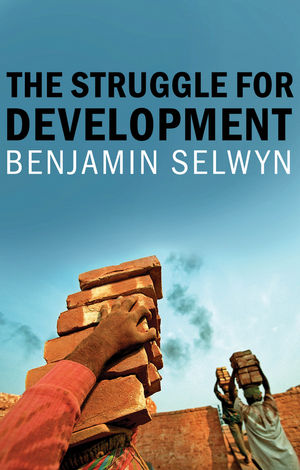
By Ishan Khurana and John Narayan
A number of commentators have recently suggested or is in a . During the disruption of global commodity chains caused by the Covid 19-pandemic, free-market policies that have dominated the global economy for the past 40 years appear to have less purchase. Here, authors point to a reversion to a national form of capitalism and protectionism, the questioning of globalization and return of state intervention in the economy. A prime example is the Biden regime’s approach to the US economy, which has turned to deficit driven social spending, expansion of union rights and protectionist measures to public procurement. This hasn’t come out of nowhere – with the neo-liberal global economy being zombie-like since the 2008 global financial crisis.
The fracturing of the global economy along national lines may herald conflict and a new cold war between the US and China. However, the retreat of neo-liberalism also seems to offer a possible opening – . Here, a rejuvenated politics of the left may be able to avoid the pitfalls of and launch a new national form of progressive politics around welfare policies such as the Green New Deal and Universal Basic Income in locations such as the UK and US.
Neo-liberalism is in trouble, but missing from these debates about its demise is a discussion of neo-liberalism in the Global South and, thus, the reality of what the crisis of neo-liberalism means for all rather than simply those within the Global North.
Read More »






